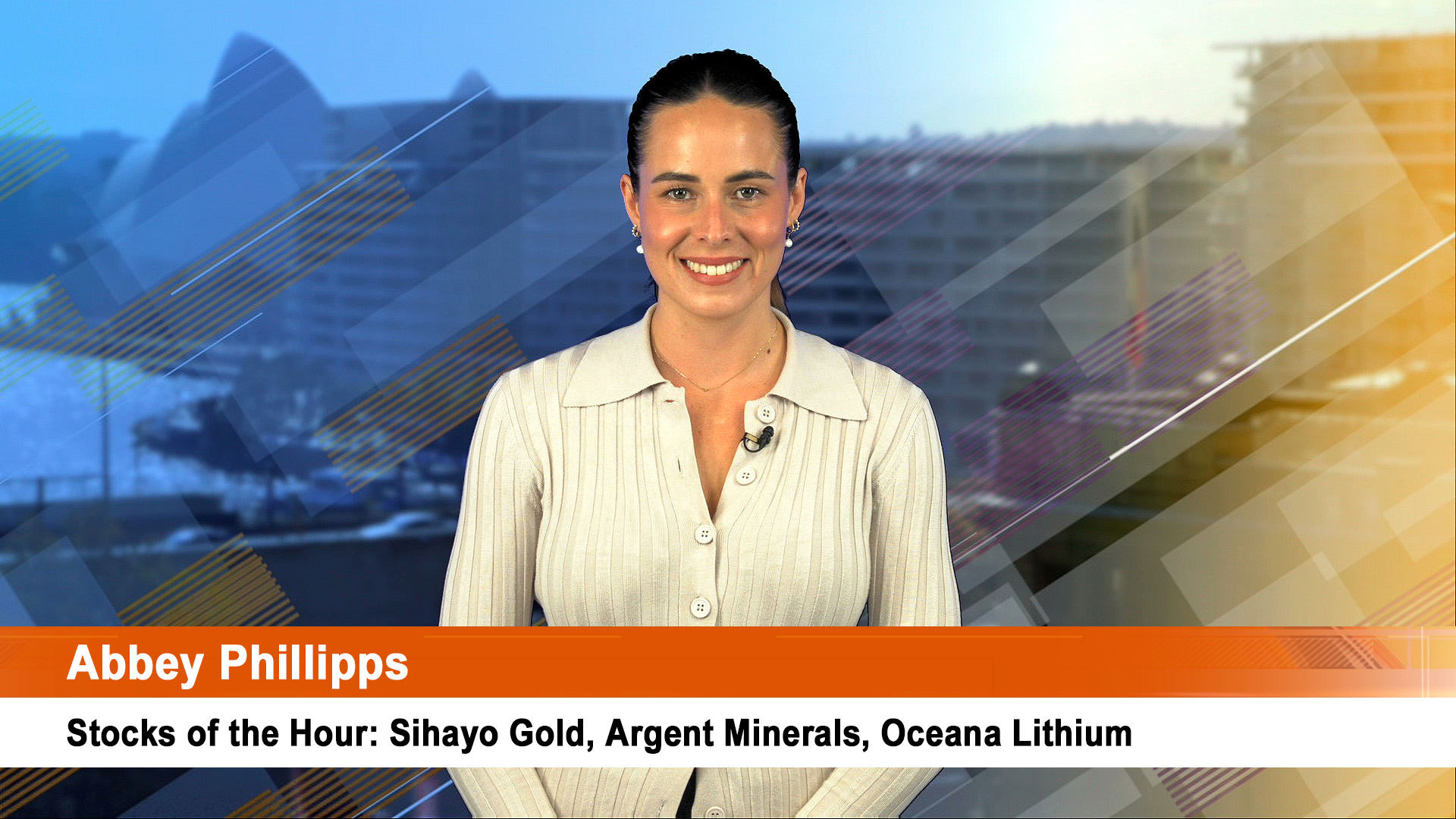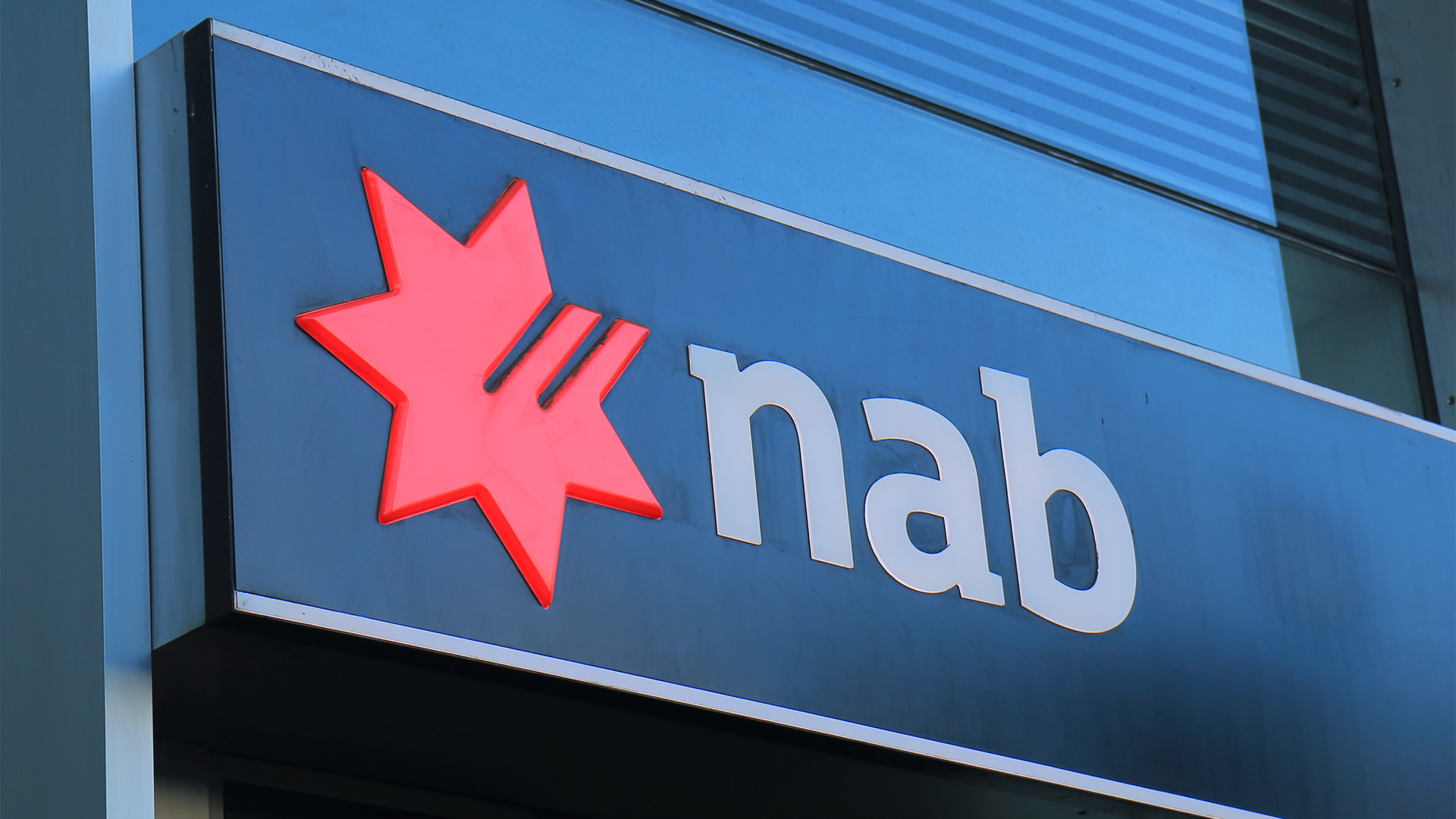
Suncorp-Metway were sold off yesterday after it raised its full-year bank profit forecast as business levels slump, costs are cut and loan growth slows.
Worrying investors was the news that loan growth was slowing, bad debts would be higher and the strong possibility the dividend could be slashed.
To help preserve capital, despite the slowing level of business and lower capital needs, the company indicated it was considering cutting dividend this year.
It paid $1.07 a share in 2008, unchanged from the previous year, and had been pushing the line that it would keep the payment steady this year. That would require earnings of more than $1.02 billion, which won’t happen.
At 30 September 2008, the Bank’s Tier 1 ratio had increased to 8.99%, higher than other Australian banks. Its capital adequacy ratio was 11.36%, well above Suncorp’s target range of 10% to 10.5%.
And despite that apparently strong position, shareholders look being punished:
"Suncorp has flagged the possibility of reducing the quantum of dividends payable to shareholders for the current financial year to provide appropriate capital buffers to withstand a variety of possible exceptional circumstances."
As a result of that and the news that Babcock and Brown’s position remains unclear, the market lost confidence in banks yesterday after a bright start and SUN shares ended down 21 cents at $6.70.
Babcock and Brown, or rather the debt position of BNB was another topic of unease from yesterday’s statement from Suncorp.
The bank warned that bad debts may increase to as much as 0.4% of total loans in the 12 months that end June 30, 2009, partly consisting of unspecified loans to BNB. Another $73 million in dud loans were identified.
According to broking estimates, BNB owes Suncorp $125 million. That’s part of an estimated $2 billion owed to banks. That’s secured, but the quality of the assets involved isn’t known.
In a 14 page trading update the company said the percentage growth for the company’s banking profit before tax and bad debts will be in the "high teens" for the 12 months to June 30, 2009, compared with the previous guidance of high single digit growth.
In the update/presentation Suncorp said that "Gross loans, advances and other receivables growth circa 5%. Revenue growth double digits. Expenses flat. Profit before tax and bad debts ‘high teens’
The bank-insurer now expects gross loans, advances and receivables to increase by about 5%, compared with the previous estimate of 8% to 10%. That’s a sharp slowing.
"In response to ongoing challenging market conditions, the Bank has introduced a number of cost management initiatives that we expect will result in expenses being flat compared to last financial year," chief executive John Mulcahy said in the statement.
"The bank’s profitability is also benefiting from favourable revenue trends as pricing adjustments flow through."
Suncorp said it had completed its funding requirement for the year to June 30, partly because it cut its estimate for loan growth as the economy slows.
Suncorp’s wholesale funding requirement has been revised to $3 billion from $4.5 billion, which is a cut of one third, a substantial reduction.
Suncorp also said the company had received over 13,000 claims following last week’s storms in South-East Queensland, which are expected to cost over $150 million.
Suncorp’s Tier 1 capital ratio had risen to 8.99%, higher than other Australian banks, the company said.
Suncorp’s impaired assets increased during the three months to September 30.
The company’s impairment losses would be around 35 to 40 basis points of gross loans, which was lower than the big four banks, Suncorp said.
The impairment loss for the first quarter was $73 million, mainly because of three major secured lending exposures.
"We need to be prepared should the economy deteriorate further and will continue to carefully monitor our exposures and the quality of the security we hold," Mr Mulcahy said.
Mr Mulcahy said it was too early to understand the effect of these storms, if any, on Suncorp’s insurance trading ratio guidance.
There’s also speculation in the media this morning that the ANZ banmk still harbours ambitions for Suncorp.













